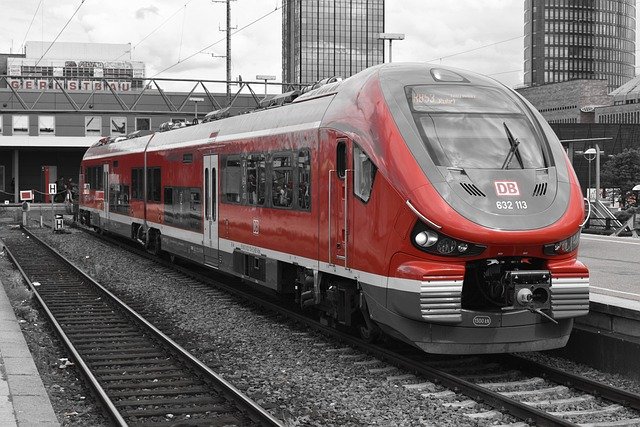Urbanization Patterns and the Future of Community Infrastructure
Urbanization reshapes how communities access services, housing, and employment. Shifts in demographics and migration create pressure on local systems, while inequalities and the digital divide can limit inclusion. This article outlines core trends affecting future infrastructure planning.

Urban growth and changing household structures are prompting a re-evaluation of community infrastructure, from housing and transport to local services and digital access. As demographics evolve and migration concentrates populations in certain areas, planners and service providers must balance short-term capacity needs with long-term resilience. This discussion examines how demographic shifts, migration, aging populations, inequality, employment needs, skills, inclusion, and the digital divide interact to shape more adaptable, community-focused infrastructure.
How are demographics shaping community needs?
Demographic change—shifts in age distribution, household size, and population density—directly affects demand for facilities and services. Smaller households and more single-person residences change housing requirements and utility usage patterns, while varying birth rates alter school and childcare needs. Planners must consider diverse household types when designing public spaces, transit routes, and utility networks. Integrating flexible, mixed-use buildings and scalable service delivery can help communities respond to demographic fluctuations without excessive cost or disruption.
How do migration and urbanization interact?
Migration flows, whether internal or international, often concentrate in urban areas, accelerating urbanization and increasing the demand for housing, transit, and public services. Rapid inflows can strain infrastructure if expansion lags behind population growth. Conversely, managed migration and phased urban planning can distribute pressure across regions. Policies that coordinate land use, affordable housing, and accessible public transport are central to accommodating migration while maintaining quality of life and preventing informal settlements that can exacerbate service shortfalls.
How does aging affect households and local services?
An aging population changes the composition of households and raises specific infrastructure needs: accessible housing, healthcare proximity, age-friendly public spaces, and reliable transit options. Homes may require retrofitting for mobility and energy efficiency, and neighborhoods benefit from services clustered within walking distance. Community infrastructure that emphasizes multi-generational use—with adaptable housing, integrated health and social services, and community hubs—can support older adults while also serving families and younger residents.
How do inequality and inclusion influence infrastructure?
Inequality affects who benefits from infrastructure investments. Areas with limited resources often face poorer transit connections, lower-quality public spaces, and unreliable utility services, reinforcing social exclusion. Inclusive planning seeks to prioritize equitable access to essential services, affordable housing, and quality public amenities. Policies that engage diverse community voices in decision-making, allocate funding to underserved neighborhoods, and monitor outcomes can reduce disparities and improve the effectiveness of infrastructure for all residents.
What are implications for employment and skills development?
Shifts in employment patterns—driven by technology, sectoral change, and urban concentration—affect where people live and how they commute. Infrastructure planning needs to account for changing work patterns, including remote and hybrid arrangements, which influence demand for local coworking spaces, high-quality broadband, and adaptable transit schedules. Investments in skills training, linked to local economic strategies, help communities match workforce capabilities to emerging jobs and reduce friction between supply and demand in local labor markets.
How can the digital divide and mental health be addressed for resilience?
Digital connectivity is increasingly foundational to access education, employment, healthcare, and civic services. The digital divide—uneven access to reliable broadband and devices—can deepen inequality and limit inclusion. Integrating digital infrastructure planning with physical infrastructure helps ensure broad access to online services. Mental health is also an infrastructure concern: urban design that supports social connectivity, green spaces, and safe public realms contributes to well-being. Resilience planning combines robust digital access with community-based supports and public spaces that foster social ties and mental health.
Communities facing the next wave of urbanization will need integrated strategies that reflect demographic realities and social priorities. Planning approaches that coordinate housing, transport, digital access, and local services—while centering inclusion and adaptability—can reduce inequities and improve resilience. The future of community infrastructure depends on blending technical investment with participatory governance, ensuring that infrastructure supports diverse households and changing patterns of migration, employment, and daily life.





